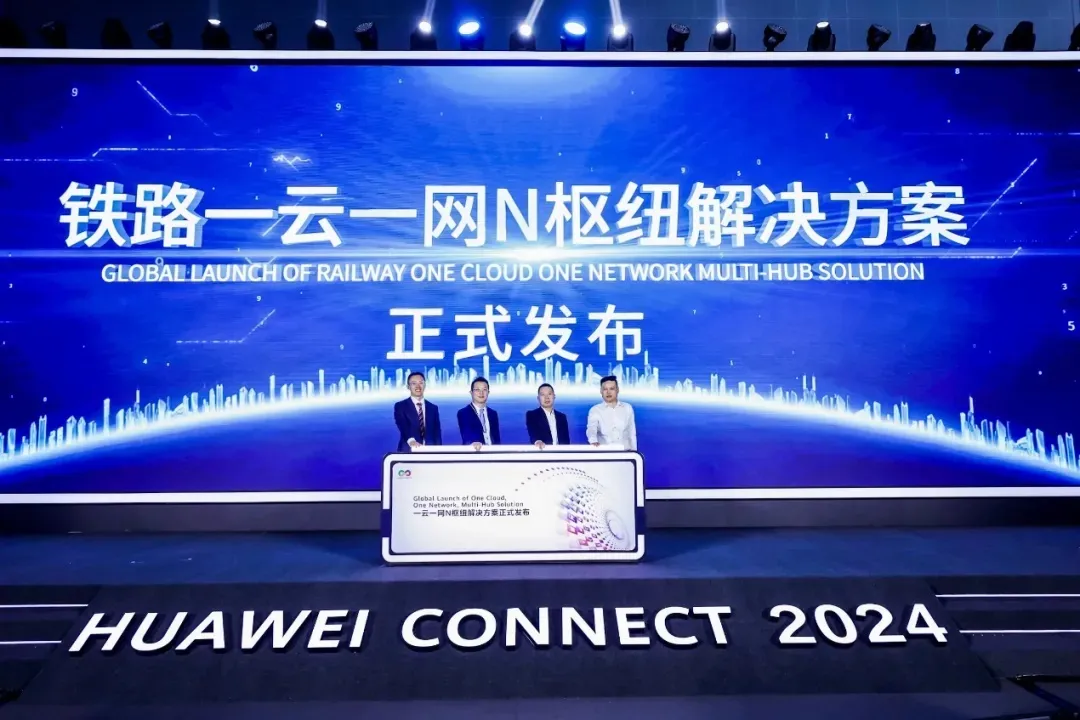The 9.4 km long tunnel, which is said to be the longest in all of India and south-east Asia, has been designed, built and operated by Indian road toll company IL&FS Transportation.
The Horus platform enables centralised, integrated management of the various intelligent traffic systems and security systems that will be deployed in the tunnel and provides compliance with the highest quality and security standards. Among the systems installed by Indra are the automatic incident detection, video surveillance, traffic control, signalling, fire detection, access control and emergency call systems, as well as other sub-systems supplied by local companies, such as lighting, ventilation, communication and energy systems.
The system provides operators with a real-time view of the tunnel, enabling them to monitor the status of the road at all times and providing information for decision-making purposes. The high level of automated operation aids speedy and accurate management of everything that happens in the tunnel, both for routine management purposes and response to emergency situations. The solution will also make it possible to provide real-time information to drivers and deliver security and service quality, which will help to reduce the risk of incidents and optimise the use of resources.
Indra technology manages the longest tunnel in south-east Asia
Indra has installed its smart technology in the control centre of the Chenani road tunnel and has carried out the design, development, implementation and launch of the tunnel's management system, based on its proprietary Horus solution.
July 3, 2017
Read time: 2 mins








